2018-12-04作者:IATB
June 2018, sponsored by the China Medical Association, along with its Tuberculosis Society, organized in concert by the Beijing Chest Hospital(Capital Medical University), the Innovation Alliance on Tuberculosis Diagnosis and Treatment (Beijing), the Clinical Center of TB under the China CDC, the WHO’s China TB Reasearch and Training Center and the Beijing Tuberculosis and Thoracic Tumor Institute among others. And hosted by the Taiyuan No.4 People’s Hospital, the 2018 National Academic Conference on Tuberculosis was opened successfully in the ancient capital city of Taiyuan, Shanxi province.‘TB Control added by the emerging new drugs’served as the event’s main theme.
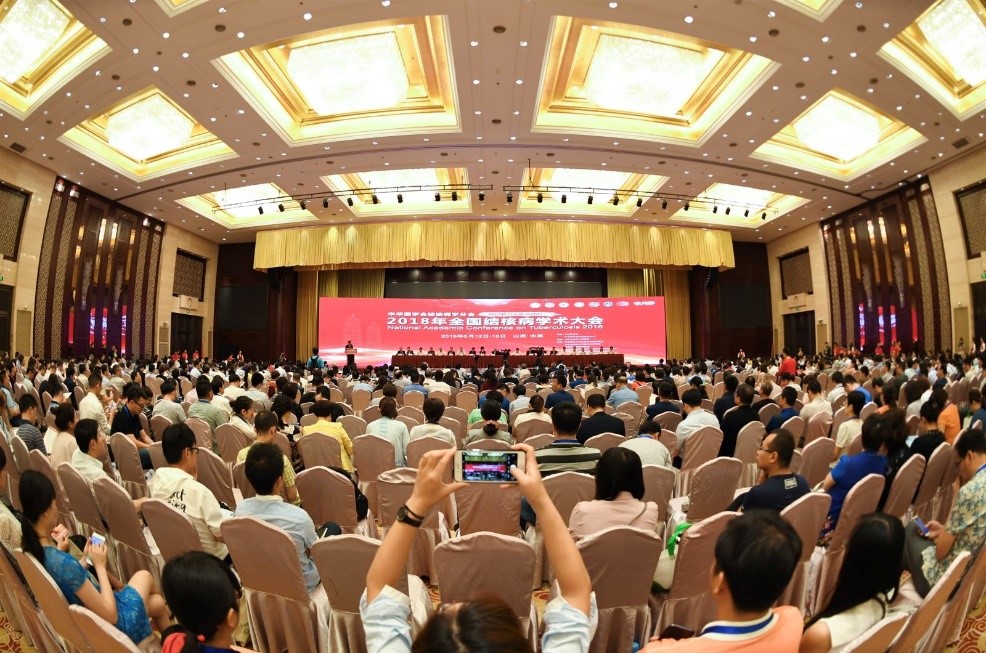
On 14th June, the opening ceremony was faciliated by Mr. Tang Shenjie, the Chairman-elect of the China TB Soceity.
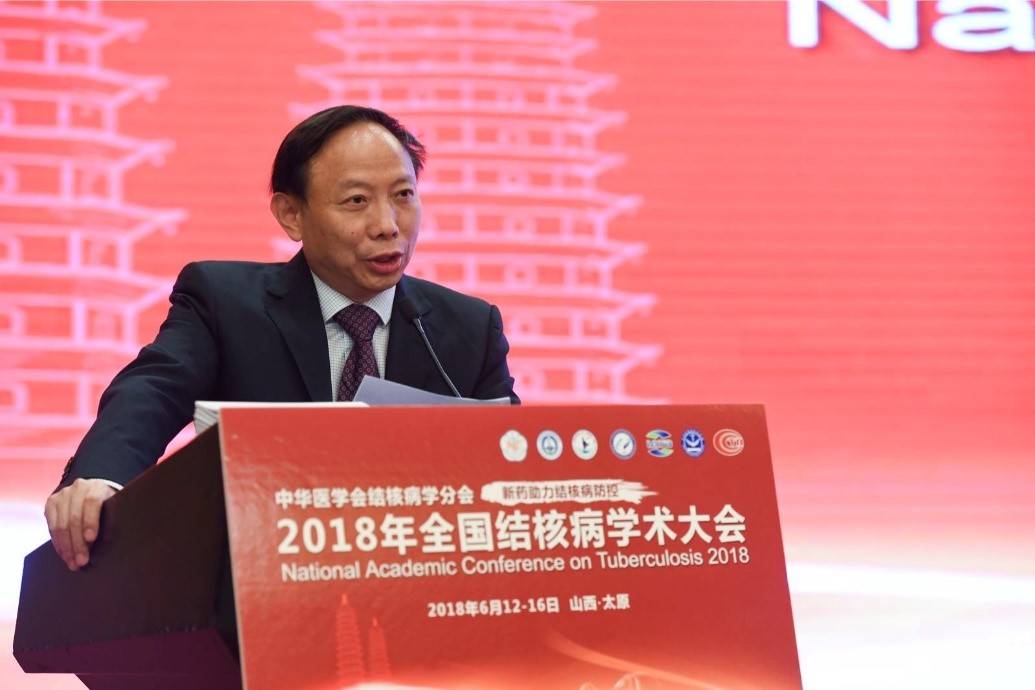
Mr. Li Liang, the 17th Chairman of the China TB Society delivered the opening remark, in which on behalf of the TB Society, he bid a warm welcome to all the senior figures, experts and friends to the meeting, also, Mr. Li expressed gratitute to all the sponsors and organizers for the generous supports they provided to make this event possible.
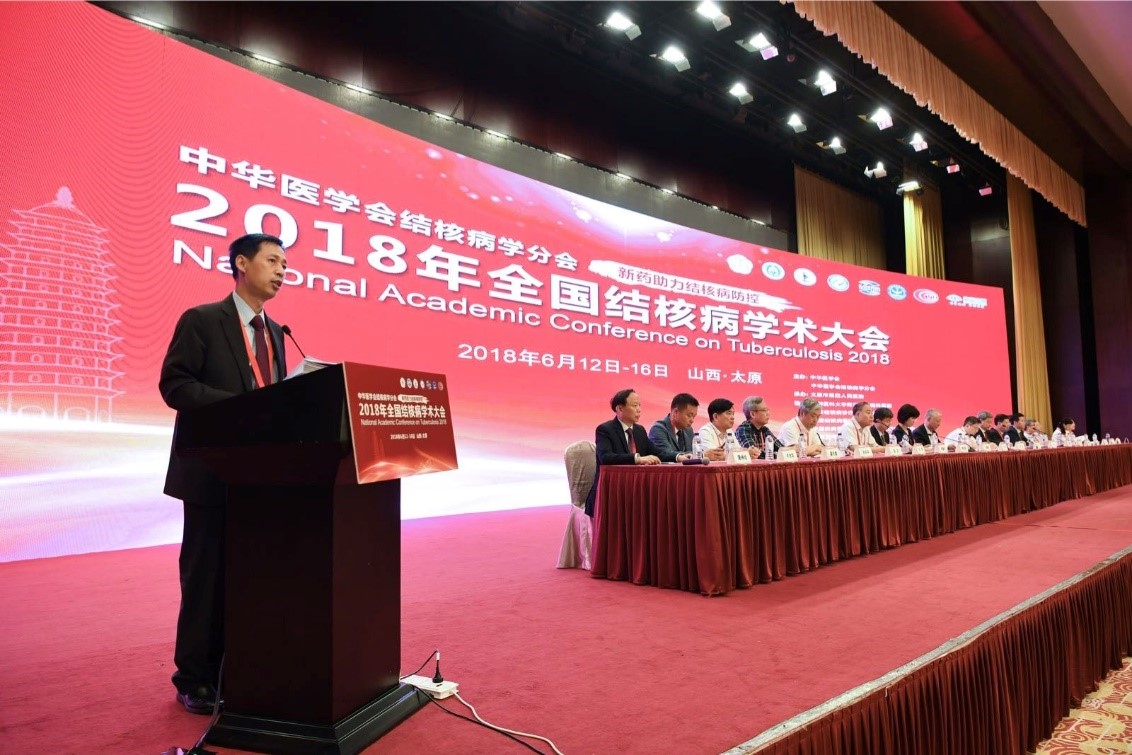
Mr. Li stated that thanks to the unwavering support of the China Medical Association, for 81 year, the China TB Society has been able to enjoy steady development and to this day, still an organization full of vigor. And for the half year since its inauguration, the 17th board committee of the China TB Society has been able to carrying forward in a spirit of ‘upholding the good traditions, continue to innovate, steady development’. In this half year’s time, the Society has made some remarkable achievements, not only did it publish 4 expert consensuses along with the 2017 TB Control and Treatment Progress Report, it also organized more than 60 MDT seminars, 7 ‘expert tours to the grassroots’, published 20 bulletins and other TB-related articles on the social media platform, the ‘TB Gang’; the Society has negotiated with the Medical Reference, a newspaper to open a special column on Tuberculosis; an ‘expert pool’ was created for the ‘expert tour to the grassroots’; for supporting the up-coming generation of young TB doctors, the Society has put forward two initiatives, namely the ‘Rookie Initiative’ and the ‘Youth Clinical Research Foundation’ to encourage young medical professionals working on the clinical frontline to actively engage themselves into TB-related clinical research efforts. The TB Society has also been a kine supporter to the introduction of advanced technologies into TB control, such as the big data technology, artificial intelligence, as well as remote medical consultation.
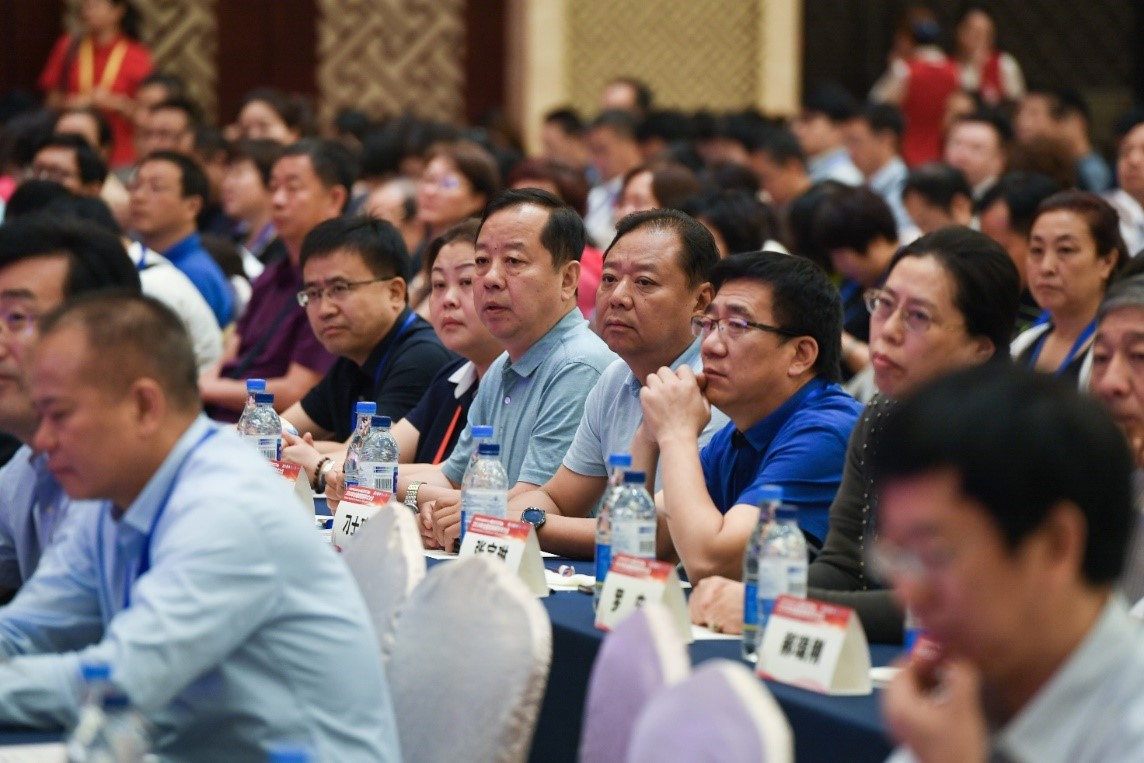
Mr. Li Liang continued by saying that although tuberculosis is a single clinical discipline, its scope can not be confined to itself. Tuberculosis must interact with other clinical disciplines, and maintain a close collaboration with them, to ensure a multi-disciplenary approach to the control and treatment of TB. We must bring all the stakeholders, namely the medical institutions, the clinical research institutions, universities, enterprises together, so as to utilize and integrate limited resources in an optimized way, and enhance the prominence of TB in the medical field. We will continue to go to the grassroots, to be among the people, to whom our services are needed the most, so that society will have a better recognition and awareness of the TB epidemic. It is our unshakeable obligation that the 17th board committee of the China TB Society to be the pioneers, leading our national anti-TB effort forward.
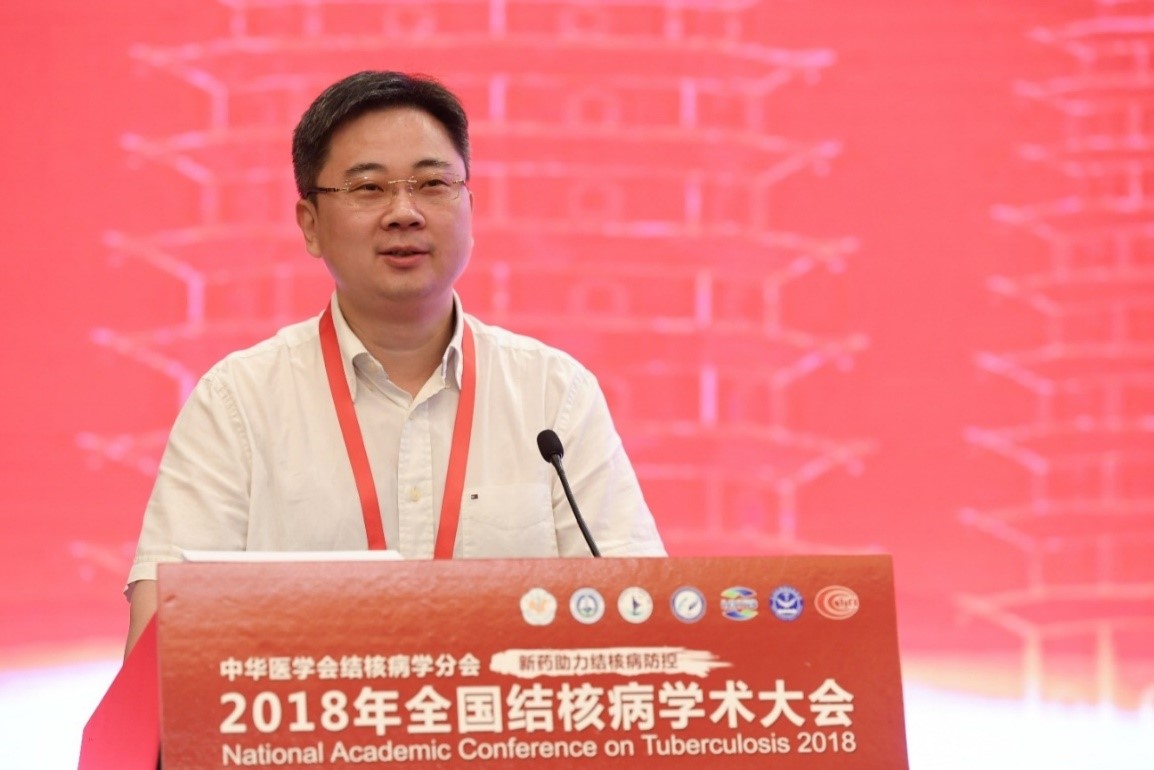
Mr.Xia Gang, deputy director of the Beauru of Disease Control of the National Health Commission pointed out that China still ranks among the high TB burden countries, and the Chinese Government has always been attaching great attention and importance to the works of TB control and treatment. For materialize this attention, the Chinese Government has enacted a series of relevant laws and regulations, by which funding for TB control has been growing steadily, legal framework gradually improved. The local governments and health authorities have also been proactively implementing the TB control strategies, which have brought a marked decline of TB epidemic in recent years. Despite of the above mentioned achievements, China’s effort to curb TB epidemic is still faced with many challenges, such as the patient population remains very large, TB epidemic in some regions is still relatively heavy compared to the others; a renewed effort is still needed in the development of a so-called ‘Trinity TB Control System’ which integrates the TB control, treatment and patient management; the general population’s awareness on TB prevention and treatment is still poor, resulting in delayed treatment of some patients; financial compensation for designated medical institutions is still inadequate; competence in carrying out pathogenesis diagnosis is still relatively poor; DR-TB treatment and management is still far from ideal, patients’ economic burden remains heavy.
Facing all these challenges, we must seize them as chances for changes. Under the leadership of the central government, closely revolving around the requirements of ‘Healthy China’ initiative, and proactively engaging ourselves into the WHO proposal of ending TB by 2035. We must continue to work with a spirit of innovation, realizing the working targets set for TB control. TB medical practitioners should always try to elevate their professional competencies, so as to provide better services to patients. TB designated medical institutions at different levels should work in coordination to achieve an optimized patient management. An added collaboration should be promoted between the clinical field and the research institutions, so as to broaden the scope of clinical research and accelarate the translational process which turns technologies into markatable products. For continued improvement of TB control in China, TB-designated medical institutions at all levels will uphold the highest professional ethics and also protect its own interest and walfares
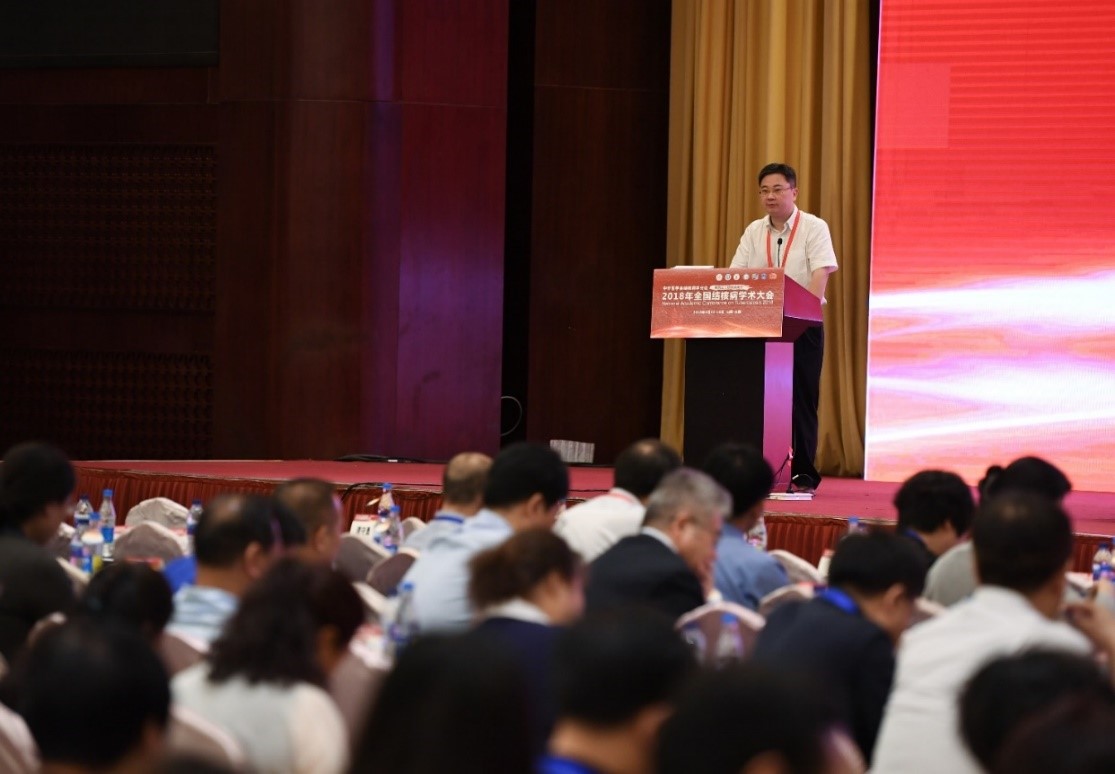
Other speakers also include Mr.Wang Dafang, deputy Chairman of the China Medical Association; Mr. Du Xian, 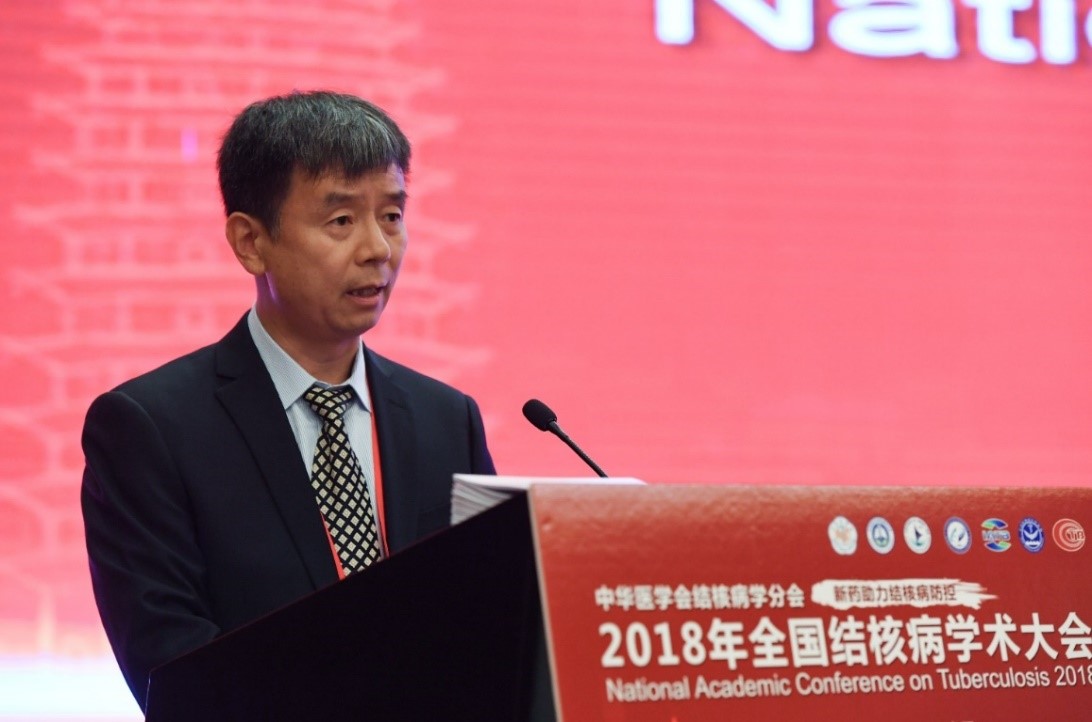 -editor of the People’s Medical Publishing House; Mr. Chai Zhikai, deputy chairman of the Shanxi Province Medical Association; Mr. Yin Yanxiang, deputy director of the Shanxi Province Patriotic Health Movement Office; as well as Mrs. Wang Aiqing, deputy Mayor of city of Taiyuan, all of whom have congratulated on the success of this conference, expressed their well wishes and concerns on the pledges and targets set for achieving the End TB Strategy.
-editor of the People’s Medical Publishing House; Mr. Chai Zhikai, deputy chairman of the Shanxi Province Medical Association; Mr. Yin Yanxiang, deputy director of the Shanxi Province Patriotic Health Movement Office; as well as Mrs. Wang Aiqing, deputy Mayor of city of Taiyuan, all of whom have congratulated on the success of this conference, expressed their well wishes and concerns on the pledges and targets set for achieving the End TB Strategy.
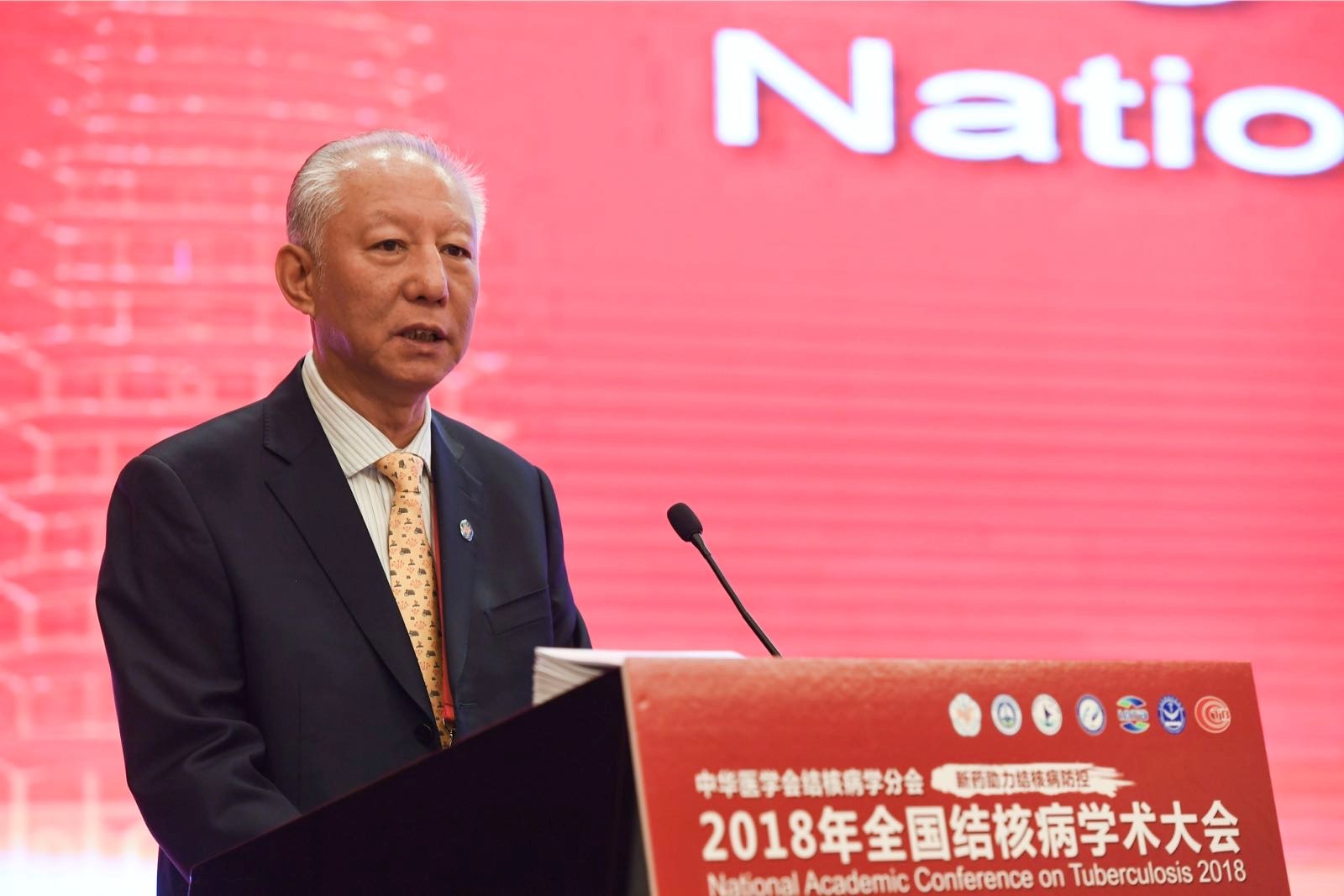
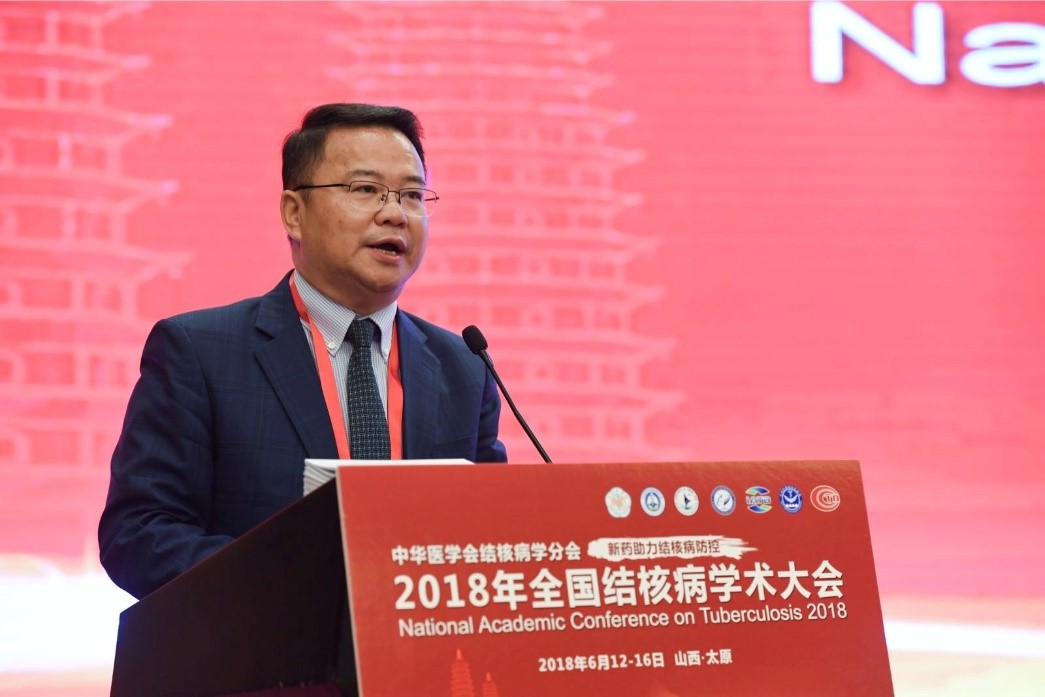
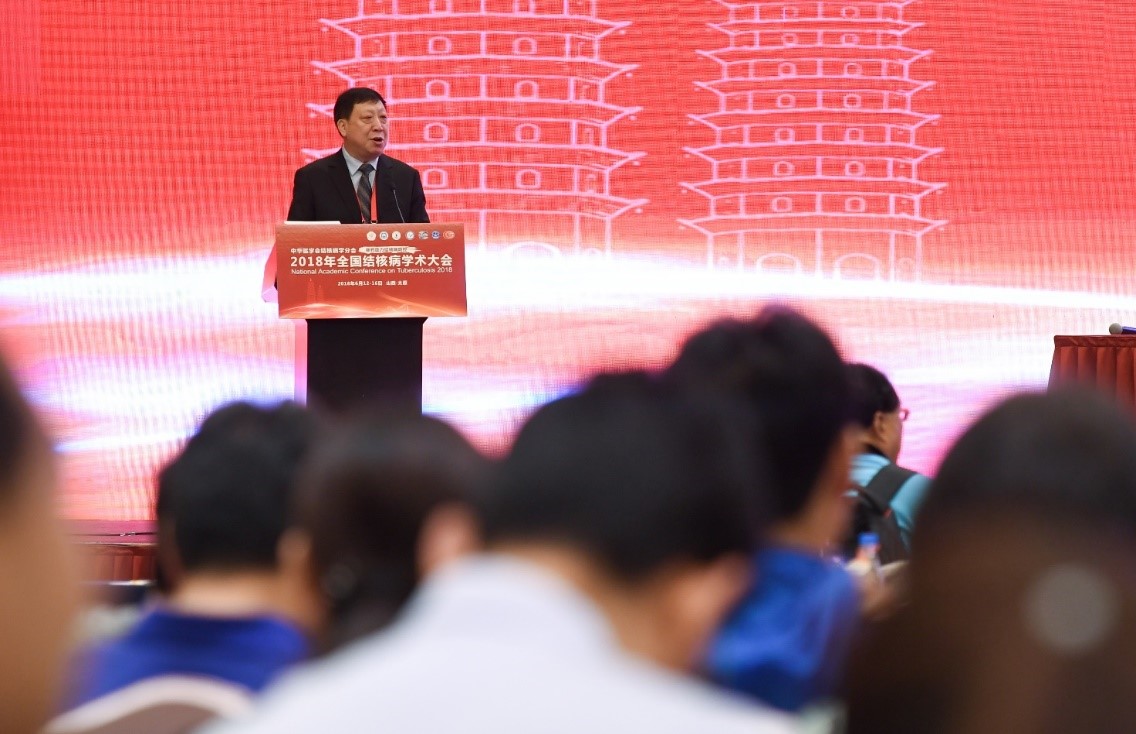
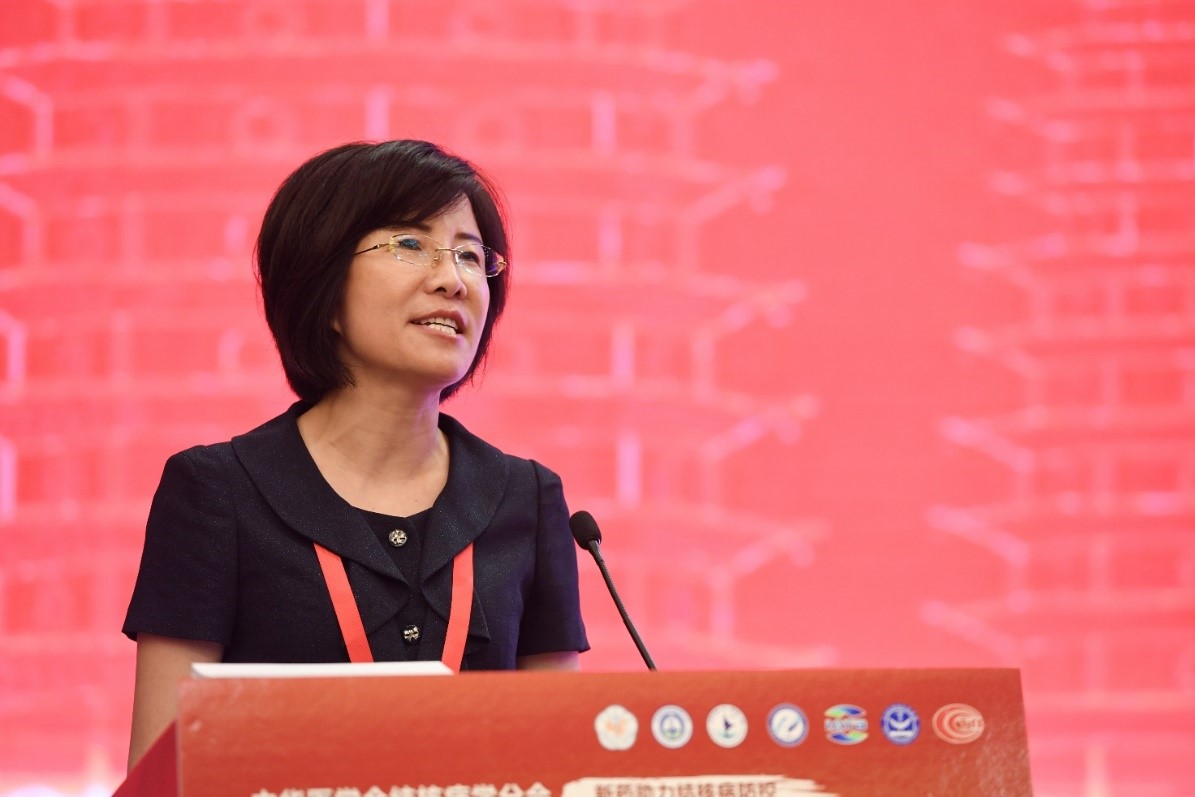

During this 3-day event, more than 2,300 professionals coming from the TB clinical field, prevention field as well as medical research field have congregated in Taiyuan, distinctive ideas and experiences in TB control are shared and debated. The event has seem the successful opening of 2 general assembly sessions, 13 closed special sessions, 1 pre-conference training workshop as well as 32 other smaller meetings. 248 speakers have gone up the podium and delivered their respective presentations, some of these speakers are luminaries in their 70s, while others are young and up-coming medical professionals, representing the future of the China TB Society. The conference not only saw people presenting in traditional ways, such as PPT presentation, seminar and discussion sessions, but also several debate sessions, live training and excersicing workshops, even several online live streaming sessions.
Attending the conference are 2,314 people representing 526 institutions of clinical, prevention as well as research fields, coming from all 31 provinces, municipalities as well as autonomous regions of China, which is a record high. The number of articles submitted to the conference has also exceeded those of past editions. Out of all 533 submitted articles, 15 have been awarded with an outstanding journal prize.
During the conference, a standing committee assembly as well as a general assembly of the China TB Society are convened. After careful deliberation, a youth committee, 3 new disciplines as well as 13 new professional committees have been formed and recognized.
The conference saw 13 of its academic meetings being live streamed online, by which nearly 20,000 audience from all over the country accessed.
At the closing ceremony, Mr. Li Liang once again expressed gratitute to those senior officials, distinguished guests, experts, colleagues as well as cooperating partners for their presence and support to the conference. He bid a special thanks to the municipality of Taiyuan, especially the host, Taiyuan No.4 People’s Hospital for their merticulous preparation and generous supports.
In summing up this event, Mr. Li Liang believed that the conference has been a successful and victorious event. Although the conference is about to be closed, but the debates, discussions as well as the persuit for professional excellence sprung from the conference will persist into the future. The network of exchange and cooperation established by this conference will go on serving the TB professional circle for years to come, and the friendship forged on this conference will last into the future.
The last event of the conference was the handover of the conference flag to the next hosting city, Suzhou, where from 12th-16thJune 2019, the next National Academic Conference will be held. The 2018 National Academic Conferene on Tuberculosis concluded in full success, as it provided a valuable platform where ideas and thoughts are shared and clashed, by which our common path toward the target of ending TB by 2035 becomes clearer.